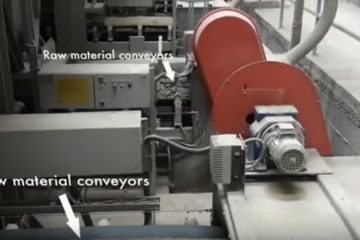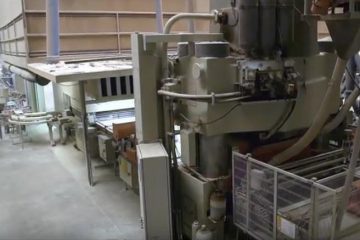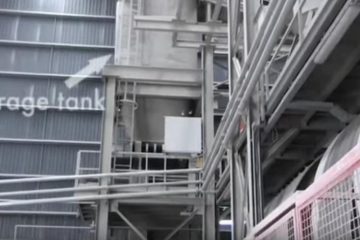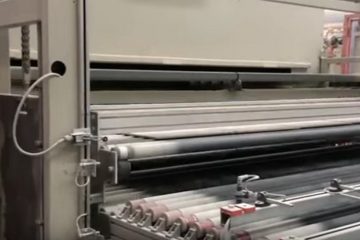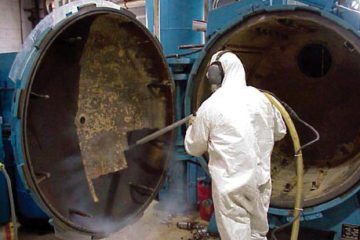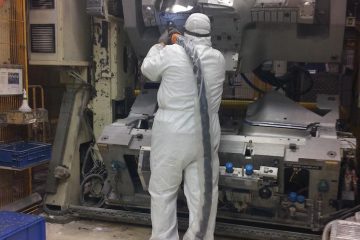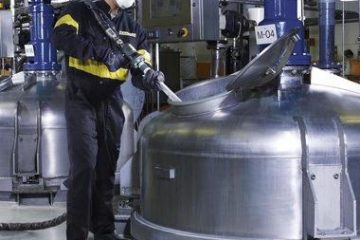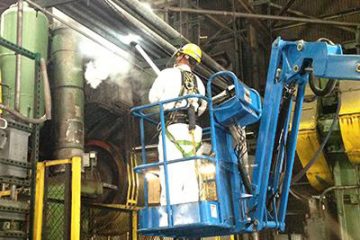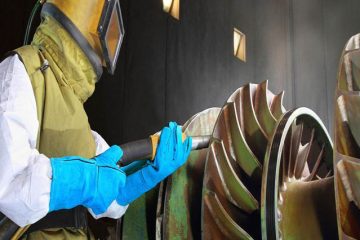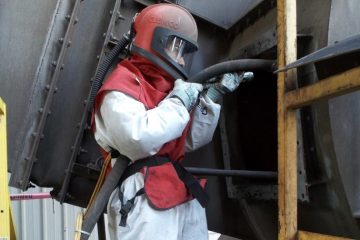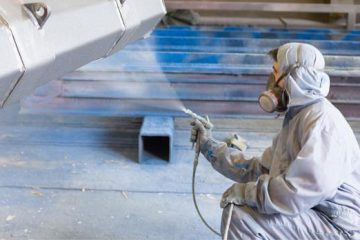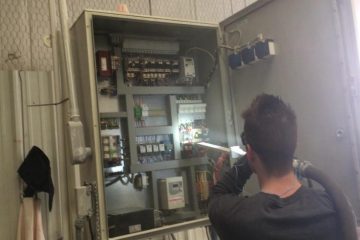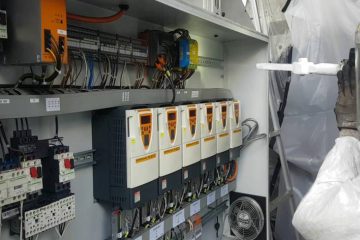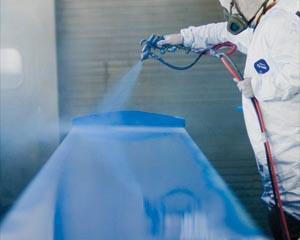Porcellan & Ceramic Tiles
Removing Environmental Staining, salts, nitrates, phosphates, soot, smoke, heavy soiling, efflorescence, graffiti, etc., is often the first improvement for proper maintenance of concrete. If contaminants become too heavy, they can contribute to accelerated deterioration, loss of detail, and gradual erosion of the concrete itself.
Using sodium bicarbonate that is propelled by compressed air, soda blasting is a much milder form that is better suited for delicate surfaces, and was used to renovate the Statue of Liberty in the 1980s. It is ideal for cleaning timber floors, oak beams, cars, boats, and masonry. Soda blasting can be used to remove graffiti or clean structural steel, and with a fine blast nozzle, it is possible to get into the smallest nooks and crannies.
How Does Dry Ice Blasting Work?
Tiny particles of dry ice (which is frozen CO2) are blasted at a high pressure from a specialized compressor. Upon impact with the surface, the CO2 immediately vaporizes, creating a tiny shock wave that quickly cools the top layer of the surface. The rapid change in surface temperature creates thermal stress which loosens the unwanted paint or contaminants, and the micro-shocks work with the compressed air to loosen and remove the material.
In a typical cleaning process, manual scraping requires 20-30 man-hours per piece of equipment. Using the dry ice, there is no longer any need to wait for the next shutdown to clean. It is now cost effective to do your cleaning between jobs, on the press, resulting in increased production.
DRY ICE BLASTING BENEFITS:
Examples of Dry Ice Cleaning electrical equipment:
– Non Abrasive: no damage to the substrate
– No mess: sublimes into the atmosphere
– Superior clean: Traditional cleaning methods are more costly and damaging
– Health & Safety: Safe around electrical components
– No downtime costs: Equipment & machinery can be cleaned whilst still in
operation
– Moisture Free: Safe around electrics
– Eco Friendly: Provides environmentally safe clean
– Electric motor cleaning
– Electric control cabinets
– Circuit breakers and board cleaning
– Electrical production equipment
– Housings, stators, wiring, windings
Abbrasive Blasting and Dust Abbrasive
Removing even the toughest paint is easy for the Dustless Blaster, but what about removing dozens of layers of hardened paint at once? It’s a problem that just about any company who does any sort of painting has. Once their paint racks or hooks are covered in paint, they either need to get the paint off, or replace the racks and hooks. Paint thinner can’t even begin to remove such thick paint. Sand paper or grinders aren’t effective because they immediately get clogged with paint. Dustless Blasting turns out to be the perfect solution!
You can see that the Dustless Blaster dispatched the thick paint with ease. Remarkably, even though you can eat through tough coatings, etch concrete and wood, and drill a hole right through metal if you want to, you can also do delicate work. The Dustless Blaster allows you to adjust blast pressure and media flow. Plus you can use a wide range of abrasive, and you can blast Dustless, or dry. This flexibility allows you to do so many things, and capitalize on tons of different income streams!
Meanwhile back at our headquarters, Bobby told us about his difficulties removing mill scale from steel. He even brought a couple of panels to blast, so he could be absolutely positive that Dustless Blasting would do the trick
Mill scale is a tough layer of iron oxides and magnetite which coats the surface of hot rolled steel. It is necessary to remove mill scale before welding or painting can occur, but the process is usually difficult and time consuming. Our process eliminates mill scale quickly and efficiently, leaving a white metal finish.
Everything You Need to Know about Industrial Coatings
Supertech offers Industrial coating which is essentially a type of paint that is applied on various derivatives like steel and other selective Metals. It’s caked on in a way that is designed to be both aesthetic as well as protective
So what are industrial coatings commonly used for? The list of uses is nearly endless, but it does help to have a basic understanding of what the coatings are used for. The main reason for applying a coating is to protect the part that’s underneath it in some way, especially from various types of corrosion. Aesthetics are sometimes important too though, so that is not something that should be overlooked.
Specifically, the most common use of industrial coatings is to prevent concrete or steel from corroding. A secondary common use is to make these materials more resistant to fire or other problems. Polymers are frequently used as an industrial coating. Some common polymers used as a coating include moisture cure urethane, epoxy, fluoropolymer, and polyurethane. Of course there are as many application processes as there are materials used as coatings, but one of the most common processes is the Excalibur coating process.

